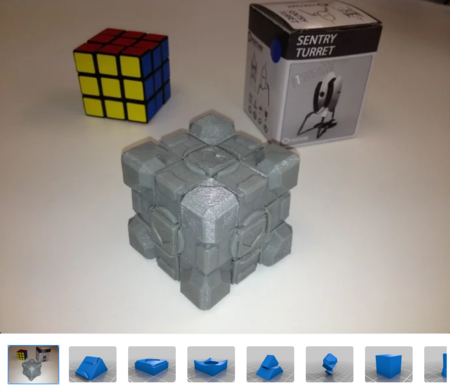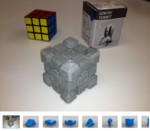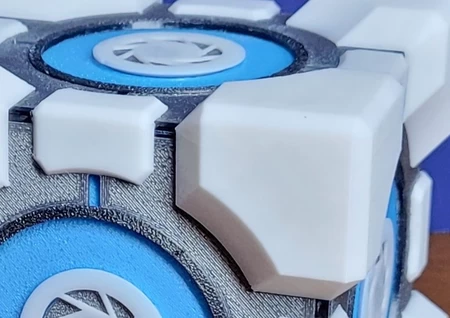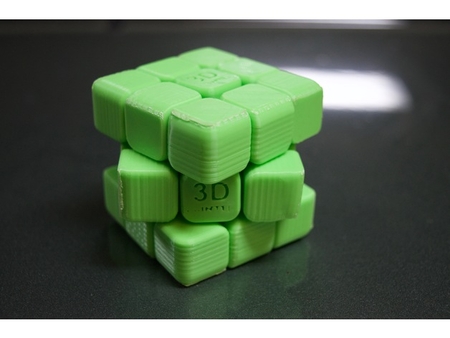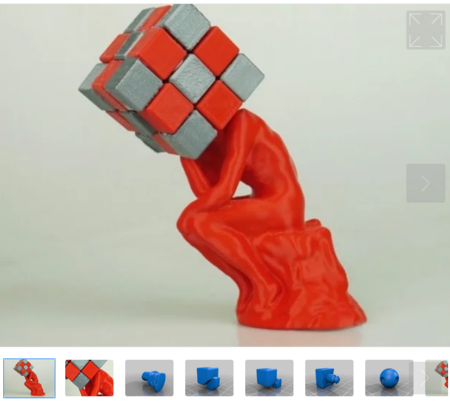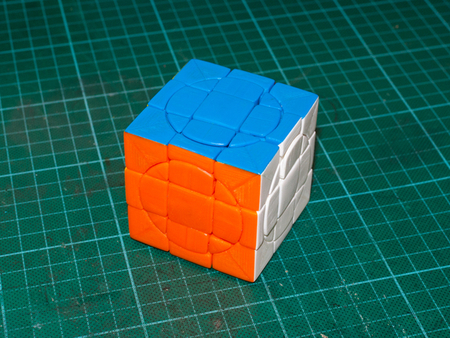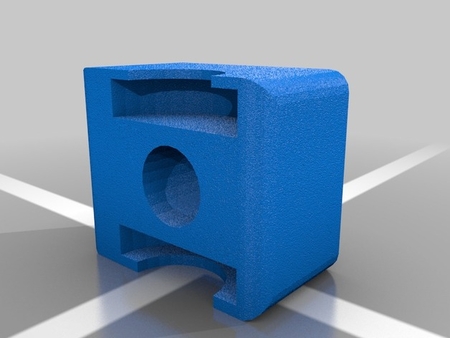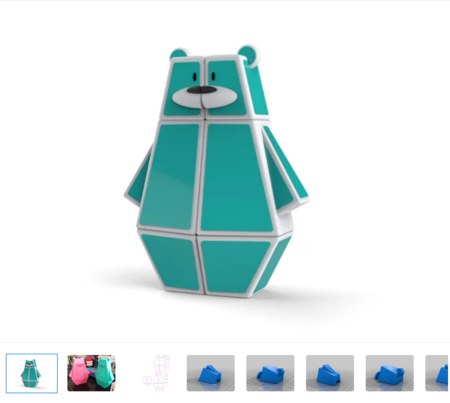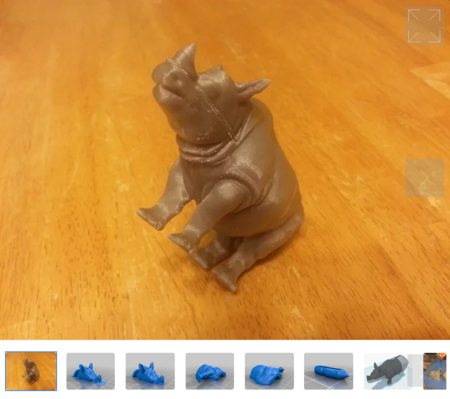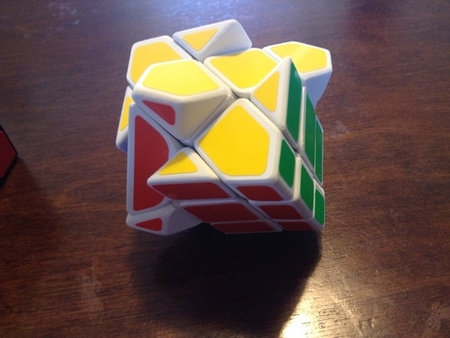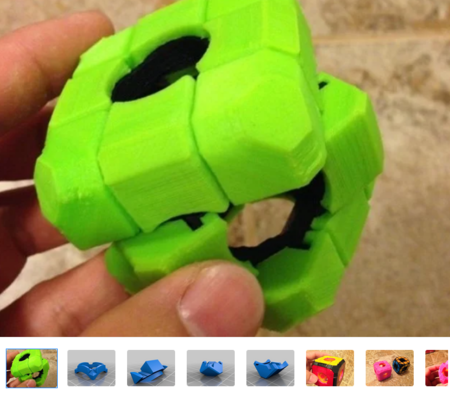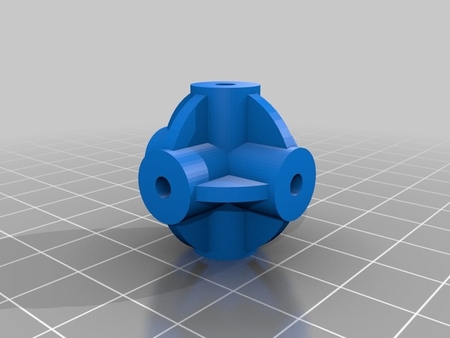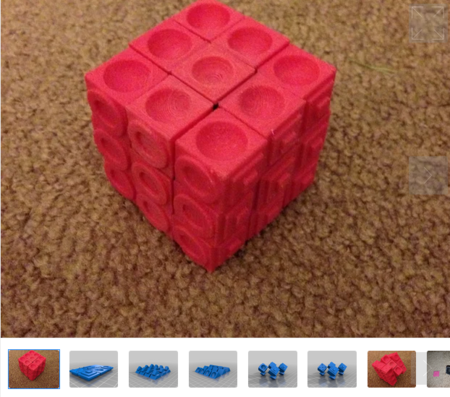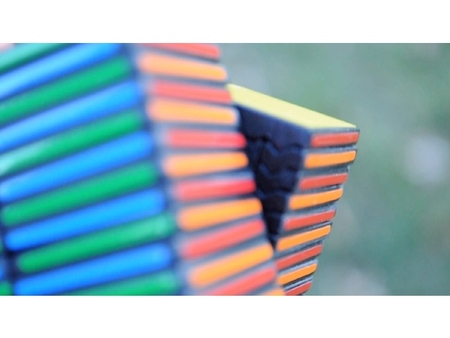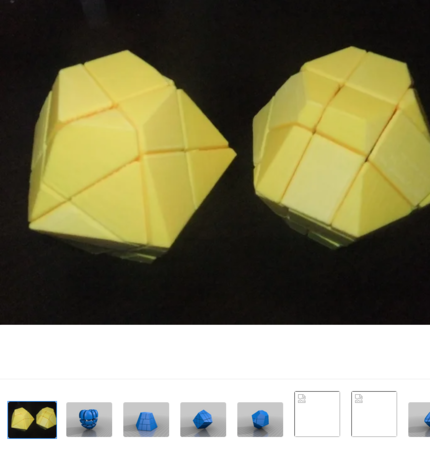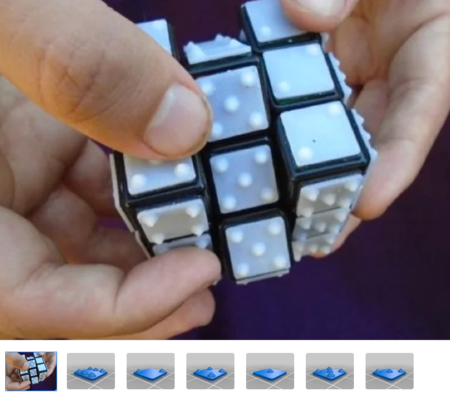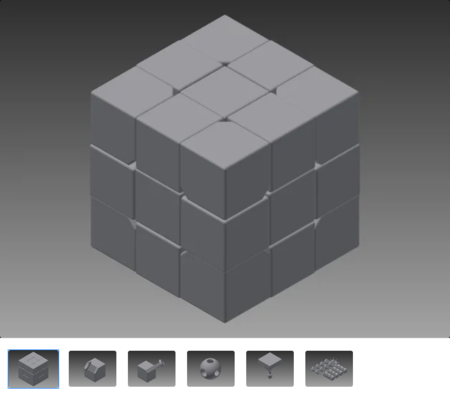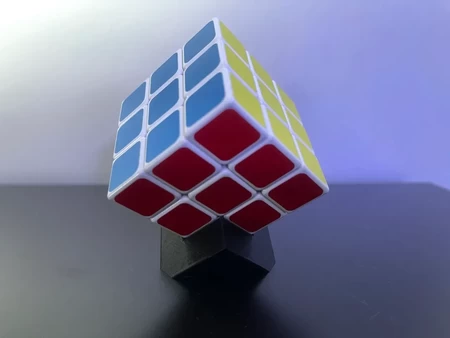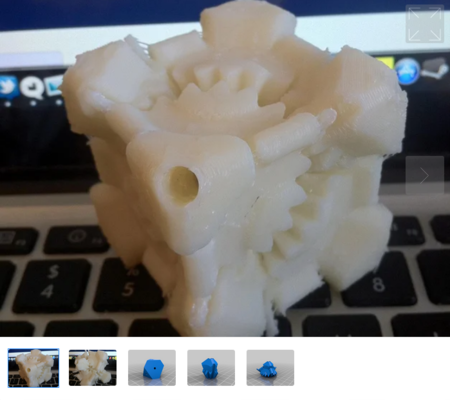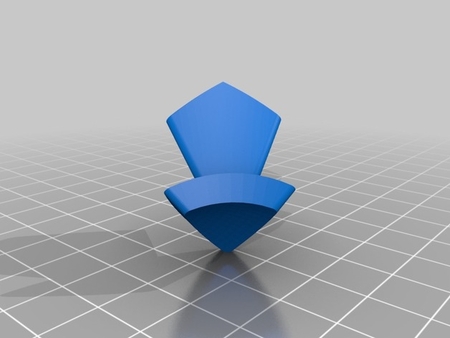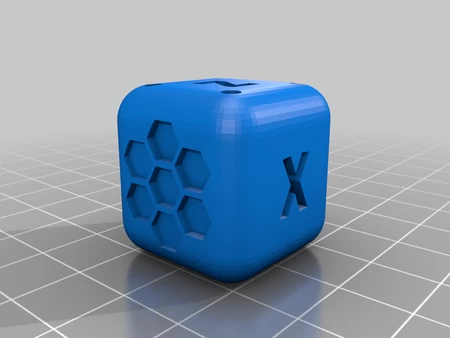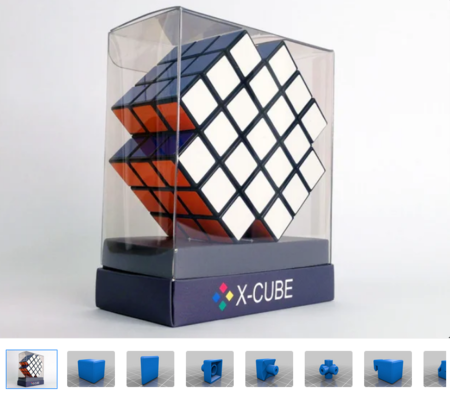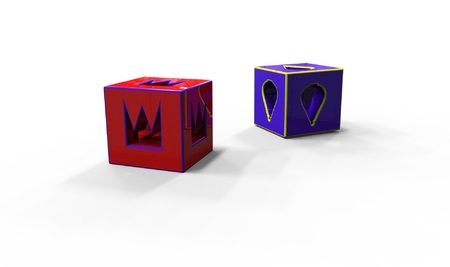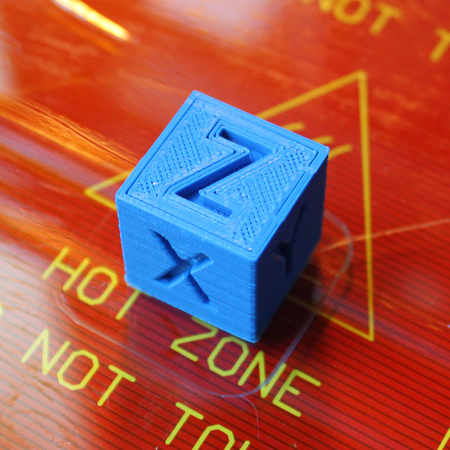Rubik's companion cube 3D for print
9305 Views 2 Likes 0 Downloads Download the piece here from 3dforprint
Turkey2Spartan
has made a remix of this design with less pieces to glue together and a tighter hub. I haven't tried it yet but am looking fo...rward to trying it soon.
Check out his design at
http://www.thingiverse.com/thing:216017
Introducing the Rubik's Companion Cube. More entertaining than a regular companion cube and less dangerous to have around than Wheatley. If solving the cube frustrates you too much you can always humanely euthanize it by dropping it into a giant incinerator.
This is just a merge of Poh's companion cube and chapulina's Rubik's cube. Thanks to both for your great designs.
Designer
cazna523d model description
UPDATE:Turkey2Spartan
has made a remix of this design with less pieces to glue together and a tighter hub. I haven't tried it yet but am looking fo...rward to trying it soon.
Check out his design at
http://www.thingiverse.com/thing:216017
Introducing the Rubik's Companion Cube. More entertaining than a regular companion cube and less dangerous to have around than Wheatley. If solving the cube frustrates you too much you can always humanely euthanize it by dropping it into a giant incinerator.
This is just a merge of Poh's companion cube and chapulina's Rubik's cube. Thanks to both for your great designs.
